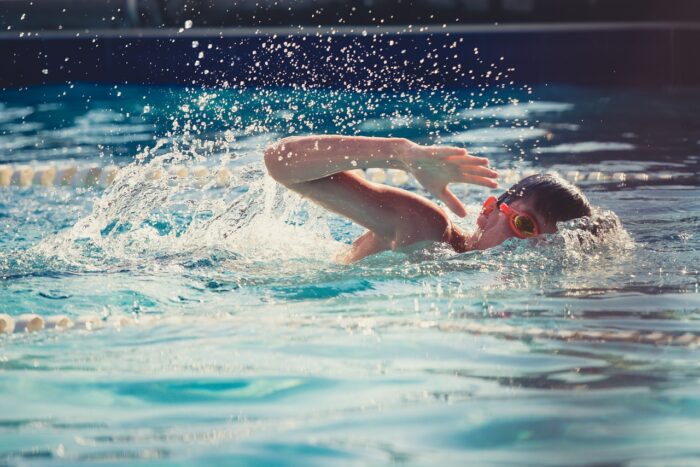Swimming is not just a fun activity but also an essential life skill that every child should learn. As kids become comfortable in the water, it’s important to introduce them to different swimming strokes. Each stroke offers a unique set of techniques and benefits, allowing young swimmers to expand their skills and enjoy the water to the fullest. In this article, we will dive into the world of swimming strokes for kids, exploring various techniques and highlighting their advantages. Let’s make a splash and explore the fascinating realm of swimming strokes!
1. Freestyle Stroke
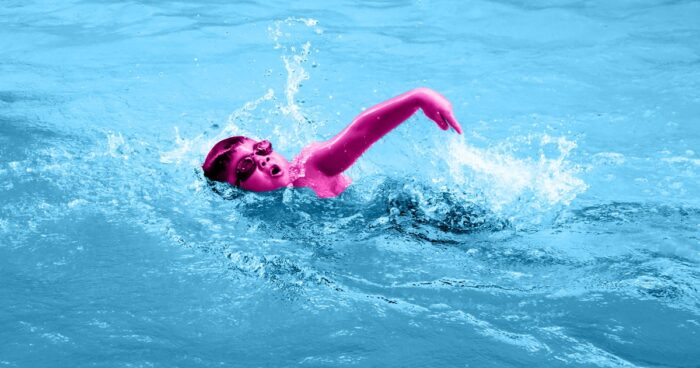
The freestyle stroke, also known as the front crawl, is one of the most commonly used swimming techniques. It involves rhythmic arm movements combined with continuous kicking. The freestyle stroke allows kids to swim efficiently and swiftly through the water, making it an excellent choice for racing and endurance. This stroke strengthens the upper body, improves cardiovascular fitness, and enhances overall coordination.
2. Backstroke
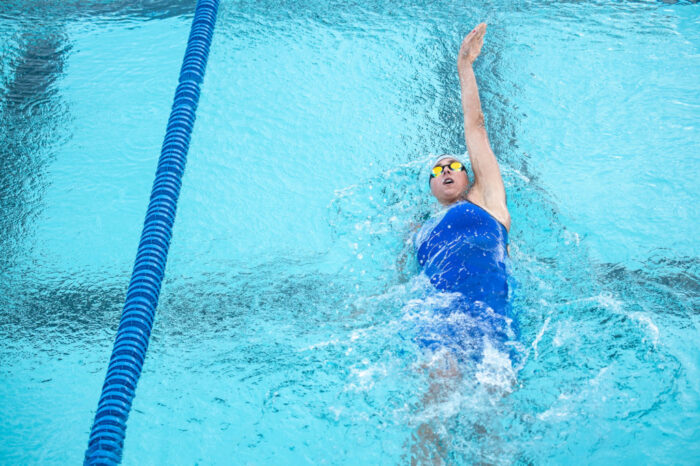
As the name suggests, the backstroke is swum on the back, with alternating arm and leg movements. It is a popular stroke for kids as it provides a sense of comfort and allows them to breathe easily. The backstroke improves balance, strengthens the back and shoulder muscles, and enhances body awareness. It is also a great stroke for relaxation and enjoying the water while maintaining safety by keeping the face out of the water.
3. Breaststroke
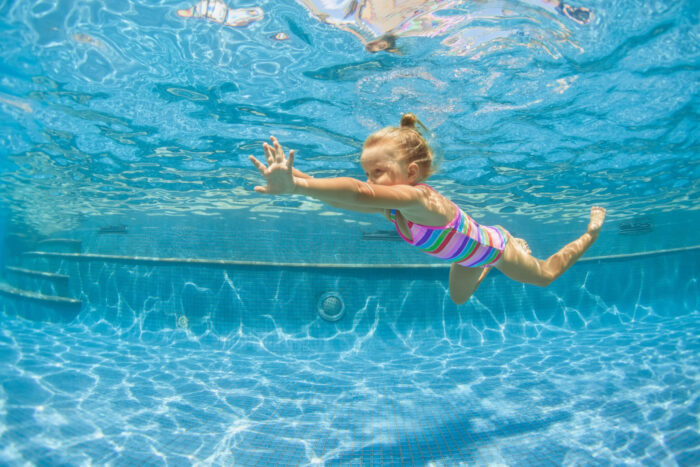
The breaststroke is a slower yet highly efficient stroke that involves simultaneous movements of the arms and legs. It is characterized by a frog-like kick and a sweeping arm motion. The breaststroke is ideal for beginners and kids who prefer a more controlled and leisurely pace. This stroke improves leg strength, coordination, and flexibility. It also teaches swimmers proper breathing techniques, as the head stays above water during the stroke.
4. Butterfly Stroke
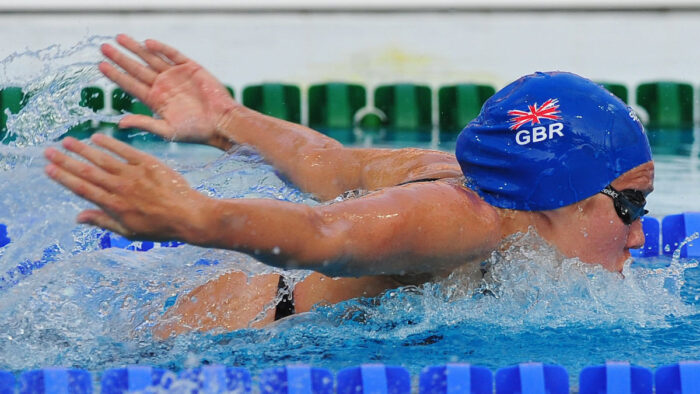
The butterfly stroke is an advanced swimming technique that requires coordination and strength. It involves simultaneous arm movements combined with an undulating dolphin kick. The butterfly stroke is known for its grace and power, making it a thrilling choice for more experienced young swimmers. This stroke builds upper body and core strength, improves flexibility, and enhances overall body coordination and rhythm.
5. Individual Medley (IM)
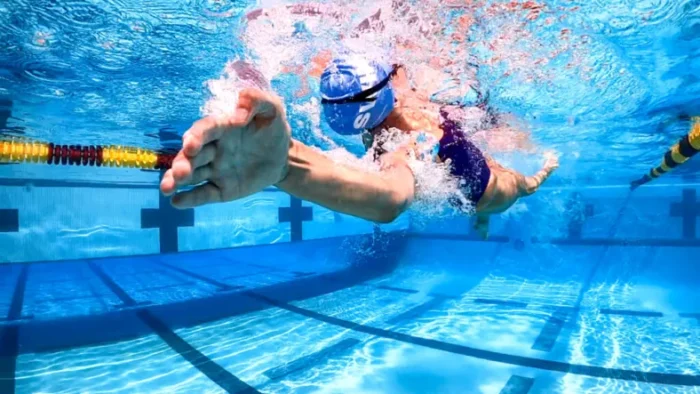
The individual medley, or IM, is a combination of all four swimming strokes. It challenges swimmers to showcase their versatility and mastery of each technique. In IM events, kids swim equal distances of each stroke in a specific order: butterfly, backstroke, breaststroke, and freestyle. The IM provides a comprehensive workout, testing different muscle groups and overall swimming proficiency.
Conclusion
Introducing kids to different swimming strokes opens up a world of possibilities in the water. Each stroke offers unique benefits, from speed and endurance to relaxation and full-body engagement. By teaching children various swimming techniques, we empower them to become confident and skilled swimmers. Whether they choose to compete, enjoy leisurely swims, or simply stay safe in the water, mastering different strokes enhances their swimming abilities and opens doors to a lifetime of aquatic adventures. So, let your little swimmers dive in and explore the wonderful realm of swimming strokes!
Disclaimer: This article is for informational purposes only and does not substitute professional guidance. Prioritize safety and consult with swimming instructors for proper technique instruction and supervision.
Frequently Asked Questions
1. At what age can kids start learning different swimming strokes?
- Kids can start learning different swimming strokes once they have developed basic water confidence and swimming skills. The specific age may vary for each child, but generally, they can begin exploring different strokes at around 6-8 years old, when they have better coordination and motor skills.
2. Are there any swimming strokes that are easier for kids to learn?
- Yes, the backstroke and breaststroke are often considered easier for kids to learn due to their relaxed breathing techniques and less complex arm movements. These strokes provide a good foundation before progressing to more advanced techniques like the butterfly stroke.
3. Should kids learn all swimming strokes or focus on one?
- It’s beneficial for kids to learn multiple swimming strokes as it promotes overall skill development and versatility in the water. Learning different strokes enhances their technique, strength, and coordination, allowing them to adapt to various swimming situations.
4. How can parents support their kids in learning different swimming strokes?
- Parents can enroll their kids in swimming lessons or swim programs where qualified instructors can teach proper stroke techniques. Encouragement, positive reinforcement, and regular practice sessions can also boost their confidence and progress.
5. Can kids participate in swimming competitions to showcase their skills?
- Yes, kids who excel in swimming can participate in swimming competitions, which provide opportunities to showcase their skills, compete with peers, and experience the thrill of racing. SwimRight Academy organizes regular swimming competitions for kids, offering a platform to celebrate their achievements.
For more information on swimming strokes and styles, visit SwimRight Academy to discover how they can support your child’s swimming journey.
Remember, swimming strokes are not only about technique but also about enjoying the water and staying safe. Encourage your kids to explore and have fun while developing their swimming abilities. With practice, patience, and the right guidance, they can become confident and skilled swimmers, ready to embrace all the joys and benefits that swimming has to offer. So, let’s dive in and make a splash with different swimming strokes!
